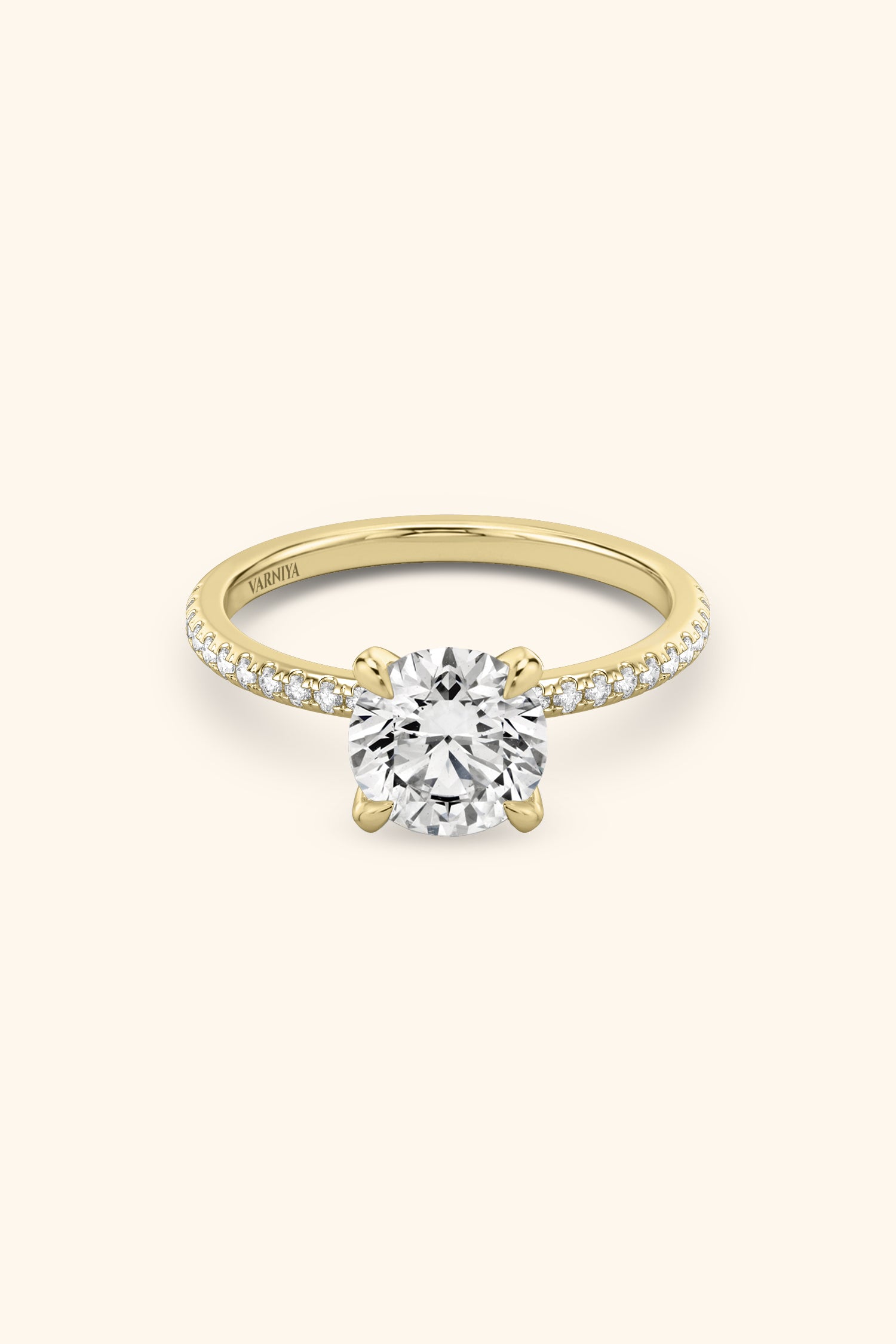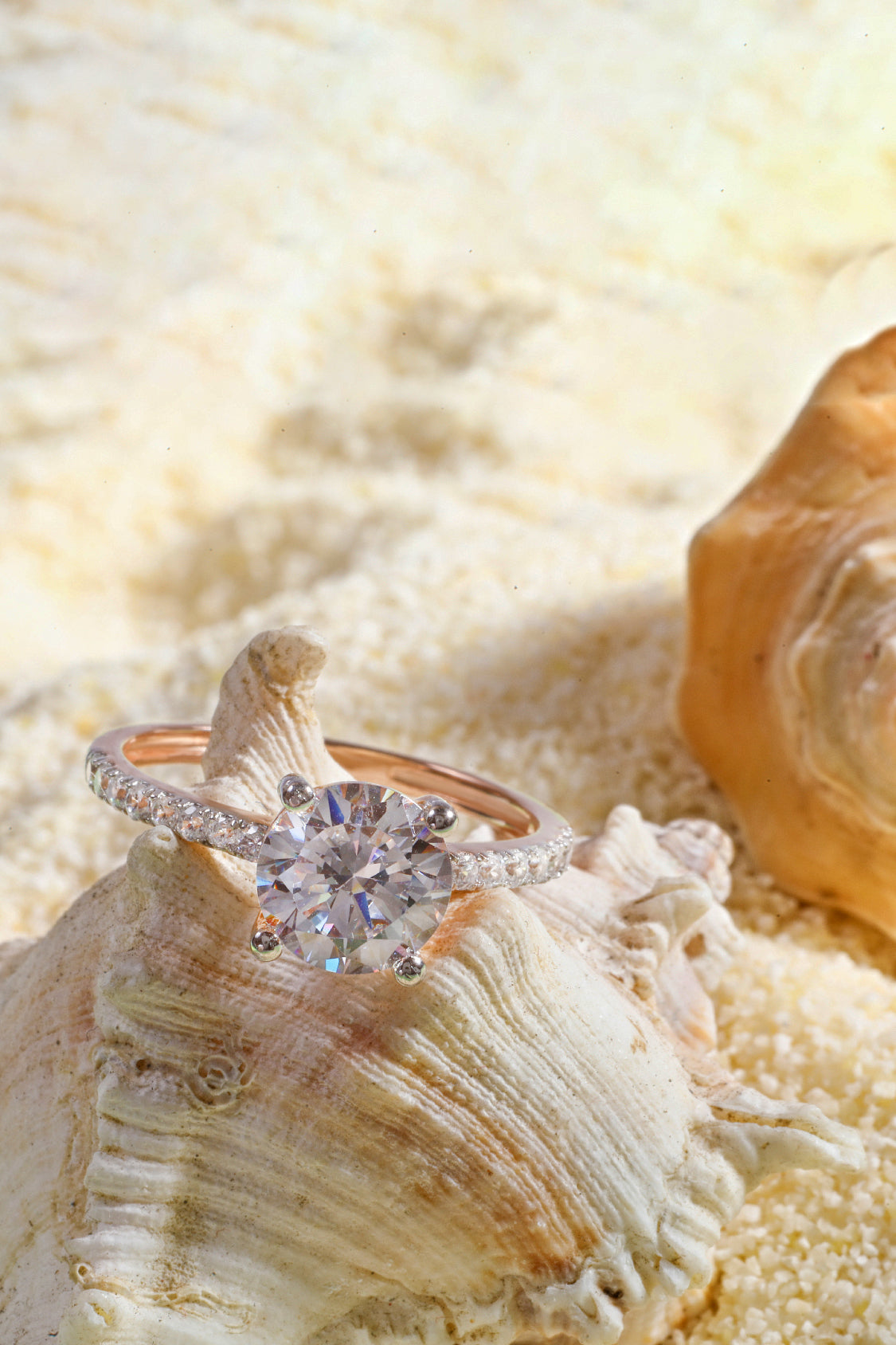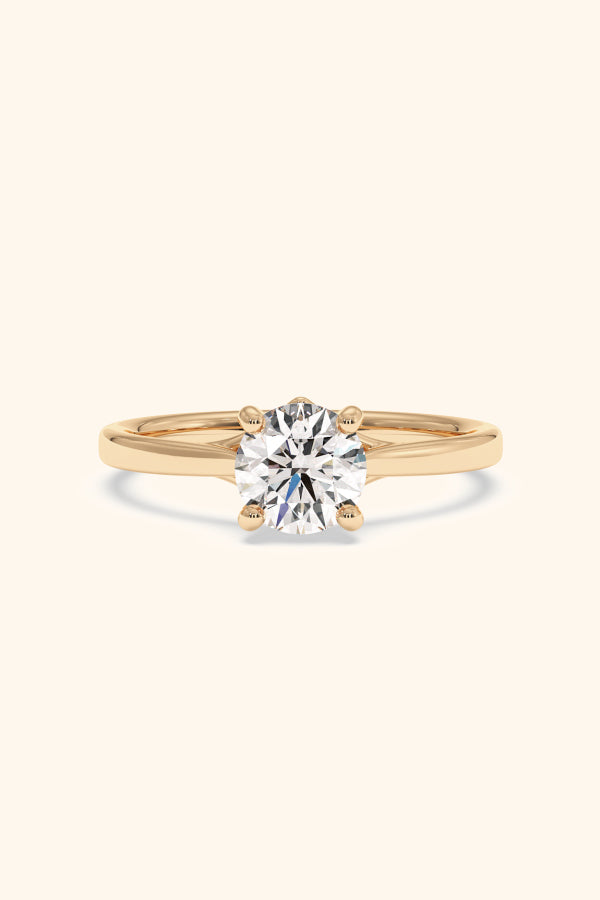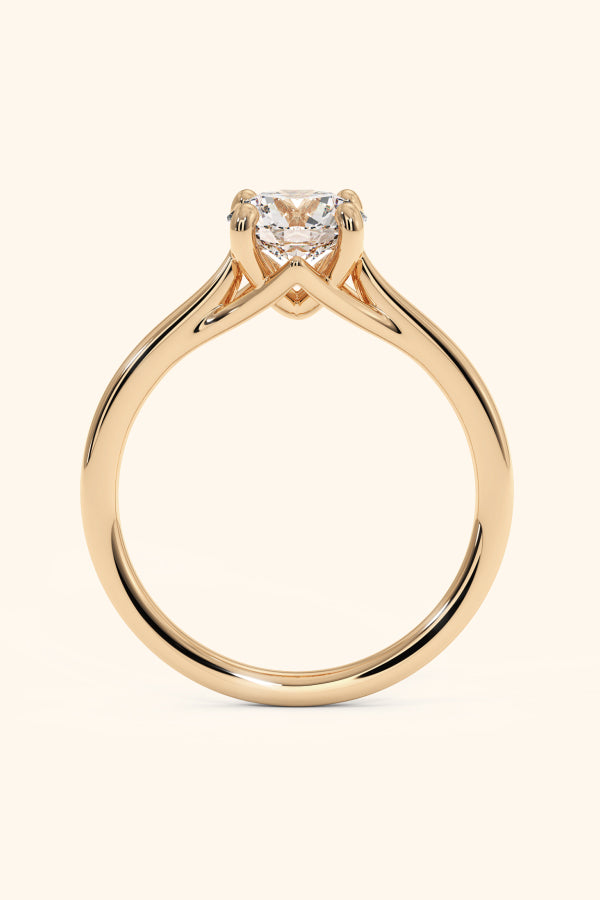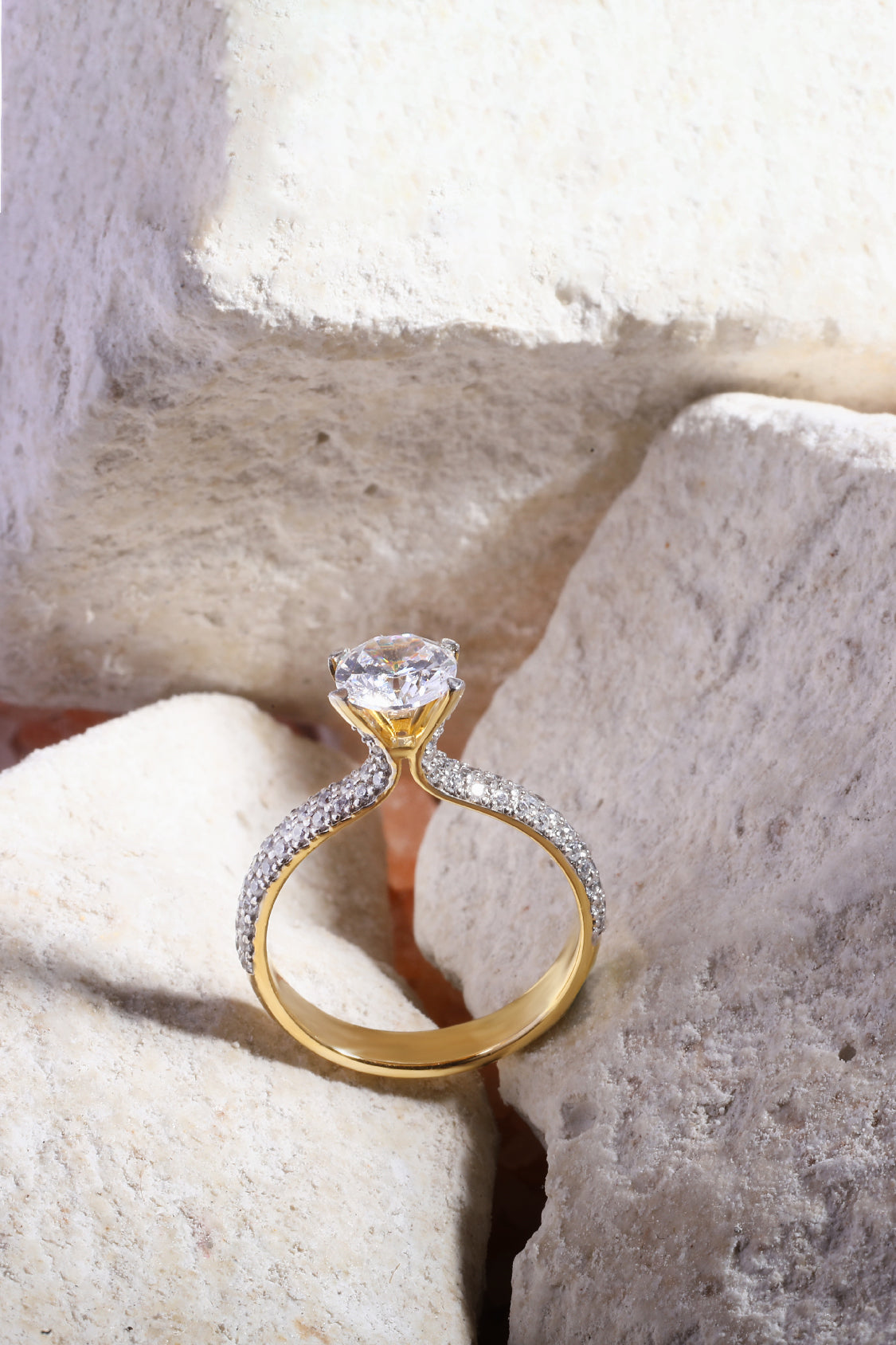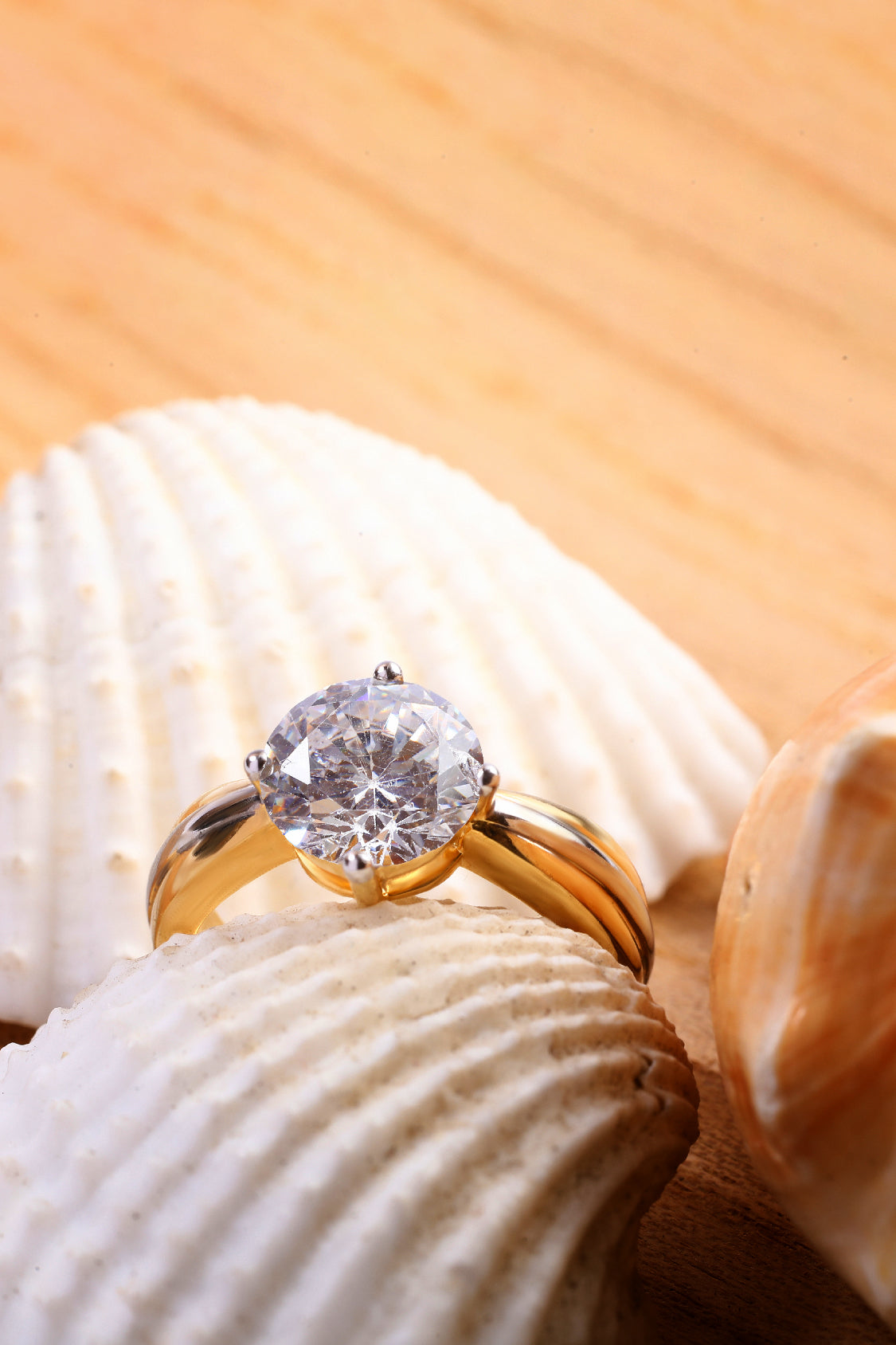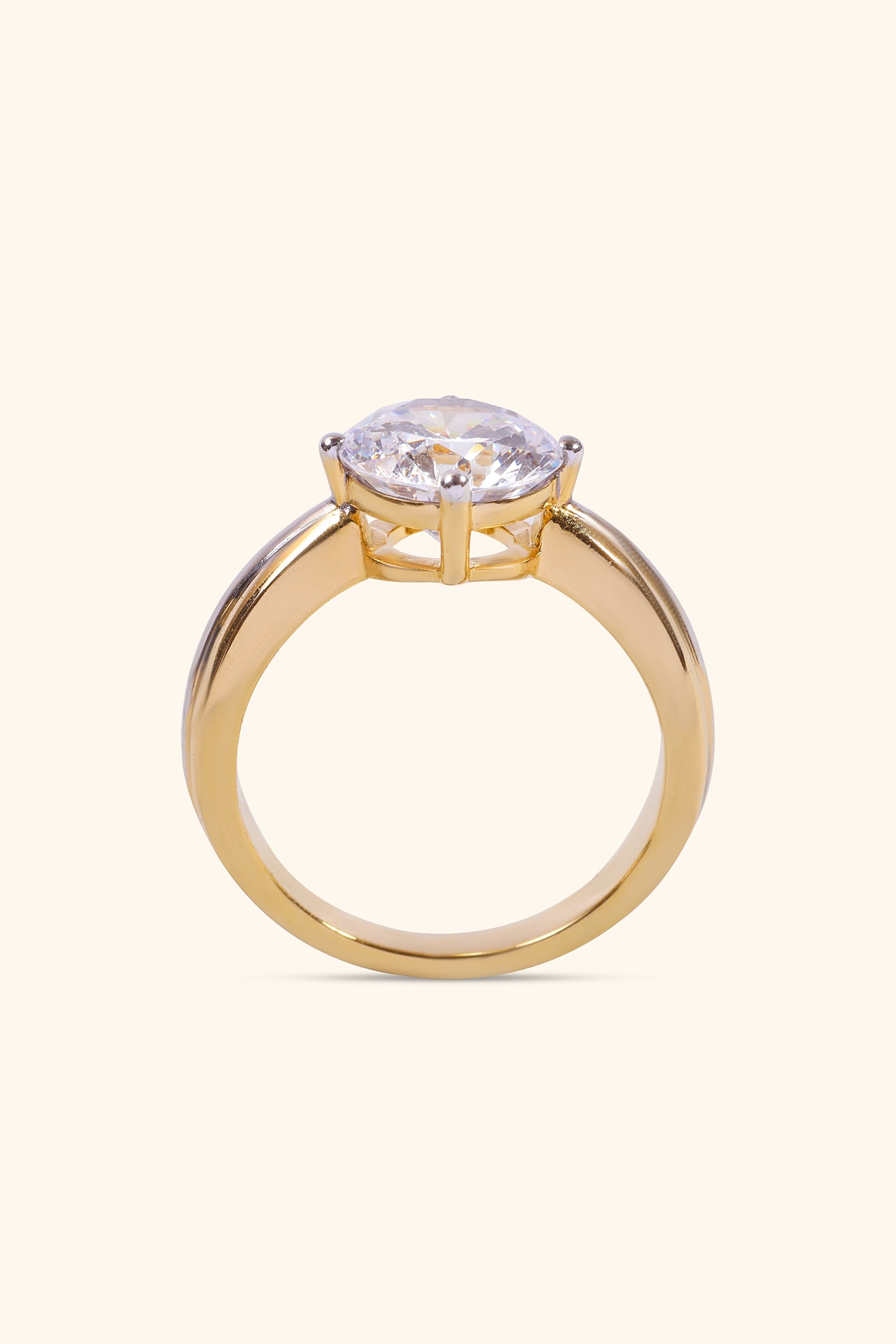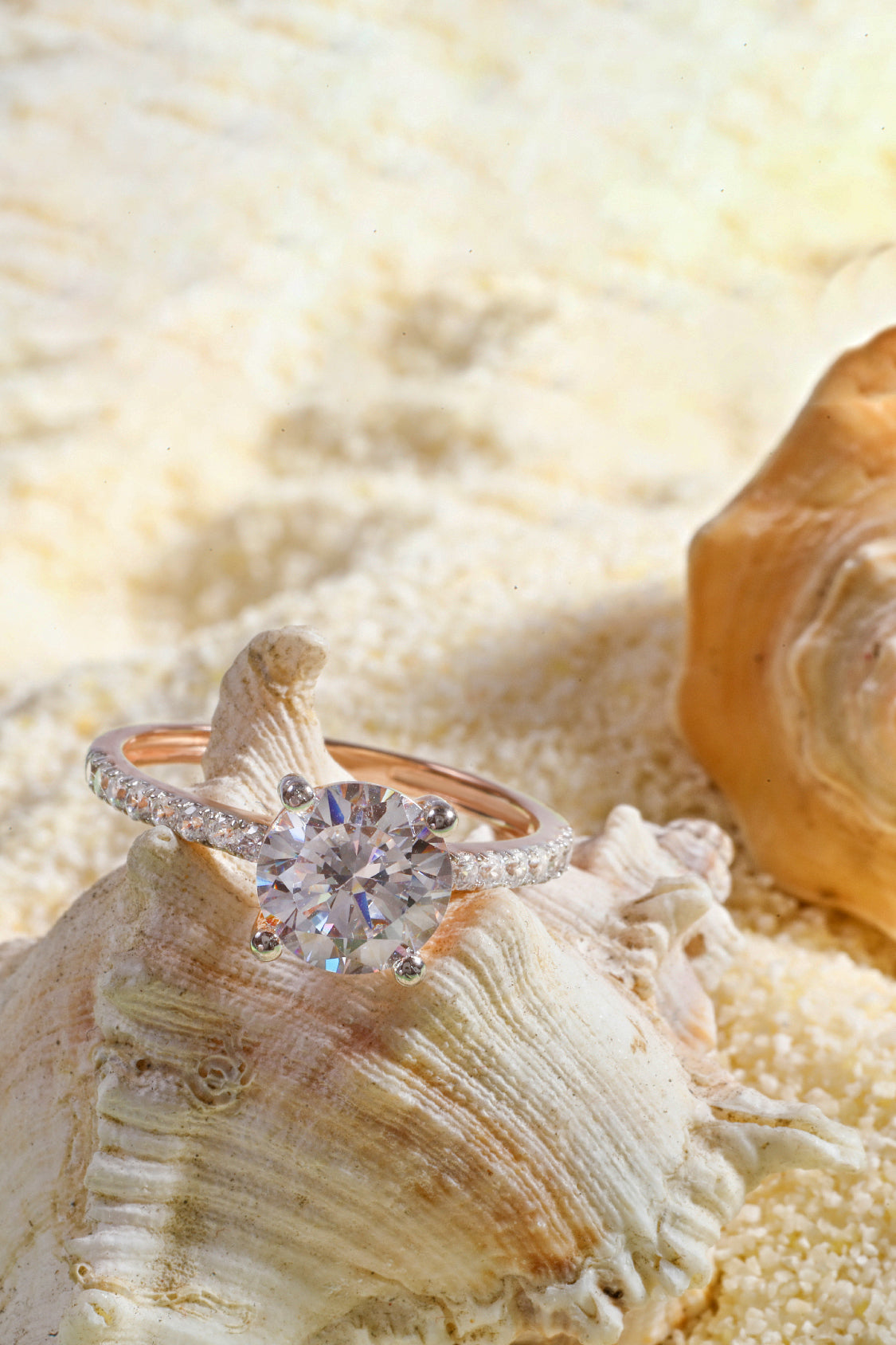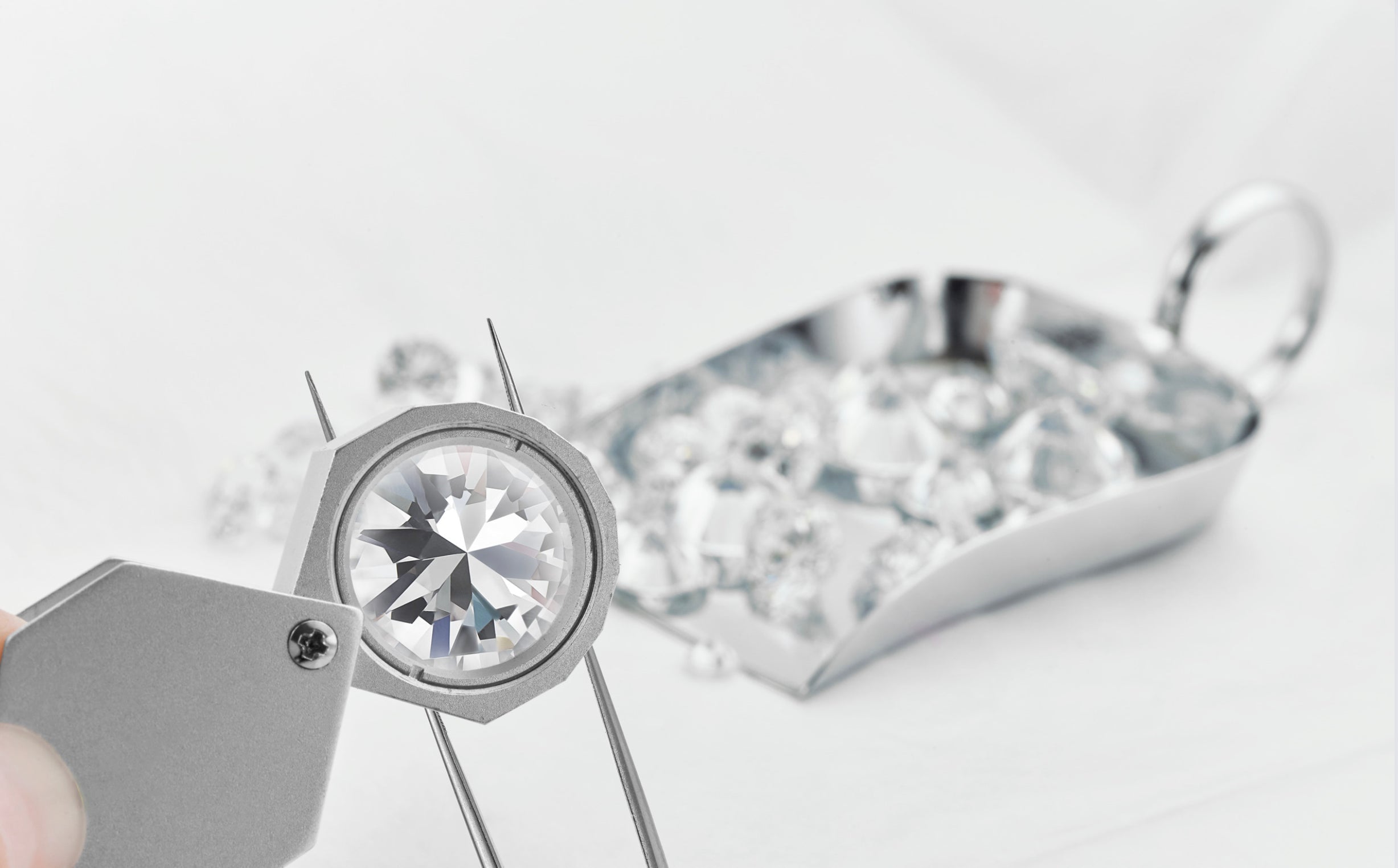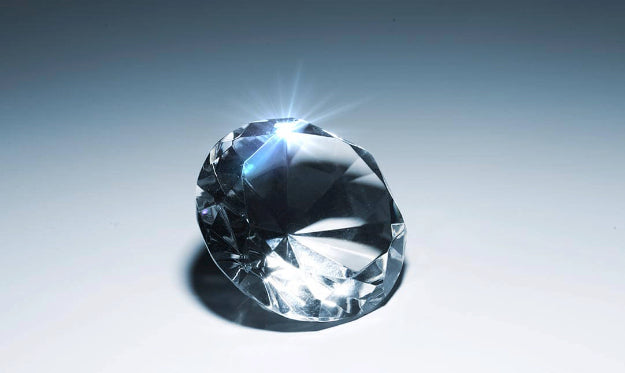
Everything You Need to Know About CVD Type 2A Diamonds
What makes CVD Type 2A diamonds unique? Explore their flawless clarity, advanced creation process, and why they’re a top choice for fine jewelry.
Did you know that CVD Type 2A diamonds are among the purest diamonds in existence, with exceptionally few nitrogen atoms—less than 2% of all diamonds fall into this category? These lab-grown beauties offer unmatched clarity, ethical sourcing, and a price tag that won’t make your wallet cry.
In this guide, you’ll discover how CVD Type 2A diamonds compare to natural diamonds, the science behind their formation, and why famous Type IIA diamonds, like the Koh-i-Noor, are legendary.
What are CVD Type 2A Diamonds?
CVD Type 2A diamonds are among the purest diamonds in the world. They contain exceptionally few nitrogen atoms, making them clearer and more brilliant than most diamonds.
These diamonds are lab-grown using Chemical Vapor Deposition (CVD). This process mimics nature by creating diamonds layer by layer. Unlike mined diamonds, they are ethically sourced and often more affordable.
Type IIA Diamonds vs. Type IIB Diamonds: Key Differences
| Feature | Type IIA Diamonds | Type IIB Diamonds |
|---|---|---|
| Composition | Pure carbon with no significant impurities | Carbon with boron impurities |
| Impurities | Exceptionally few nitrogen atoms | Contains boron atoms |
| Color | Colorless or light pink | Faint blue or gray due to boron |
| Electrical Conductivity | Non-conductive | Electrically conductive due to boron |
| Rarity | Extremely rare (less than 2% of natural diamonds) | Very rare (less than 0.1% of natural diamonds) |
| Famous Examples | Koh-i-Noor, Elizabeth Taylor Diamond, Archduke Joseph Diamond | Hope Diamond, Blue Moon Diamond |
How CVD Type 2A Diamonds Are Made
1. The Role of a Diamond Seed
-
The process begins with a thin slice of a diamond seed, usually a Type 2A diamond, to ensure purity.
-
This seed acts as a foundation for carbon atoms to attach and grow into a diamond crystal.
2. Placing the Seed in a Vacuum Chamber
-
The seed is placed inside a Chemical Vapor Deposition (CVD) reactor, a vacuum chamber filled with hydrocarbon gases like methane.
-
The chamber is kept at low pressure to prevent contamination and ensure high purity.
3. High-Temperature Plasma Activation
-
The gases are heated using microwave plasma or laser technology, breaking them into carbon-rich plasma.
-
Carbon atoms settle on the seed layer-by-layer, gradually forming a diamond crystal.
4. Layer-by-Layer Growth Process
-
CVD diamonds grow at a rate of 0.1 to 0.5 millimeters per day, making it a slow but controlled process.
-
The lack of extreme pressure (compared to natural diamond formation) results in fewer impurities and a more uniform structure.
5. Removal and Post-Growth Treatment
-
Once the diamond reaches the desired thickness, it is carefully removed from the chamber.
-
Some CVD diamonds undergo HPHT treatment to enhance color, turning brownish stones into colorless or near-colorless gems.
6. Final Cutting and Polishing
-
The rough diamond is cut, shaped, and polished like a natural diamond.
-
Advanced laser cutting and polishing techniques ensure flawless clarity and brilliance.
CVD Type 2A diamonds are created with precision and control, resulting in some of the purest, most brilliant diamonds available today.
CVD Type 2A vs. Natural Diamonds and Lab-Grown Diamonds
Lab-grown diamonds are real diamonds made in a lab. They have the same chemical composition as natural diamonds but are created in a controlled environment. CVD diamond type iia is the purest form of lab-grown diamonds with exceptionally few nitrogen atoms and superior clarity.
How Lab Diamonds Are Made
There are two methods for growing lab diamonds:
-
Chemical Vapor Deposition (CVD) – In this method, a diamond seed is placed within a chamber filled with carbon-rich gases.
-
. Heat breaks the gases, and carbon atoms attach to the seed, forming a crystal lattice structure layer by layer.
-
High Pressure High Temperature (HPHT) – This method mimics nature by using extreme heat and pressure to turn pure carbon into a diamond.
Lab Diamonds vs. Natural Diamonds
Lab diamonds look the same as natural diamonds. They have the same durability, hardness, and brilliance. However, they are more affordable and ethically sourced. Natural diamonds form deep beneath the earth’s surface over billions of years, while lab diamonds are made in weeks.
Certified labs like IGI (International Gemological Institute) use grading reports to confirm authenticity. Whether lab-grown or natural, CVD Type 2A diamonds are an excellent choice for beauty and quality.
💎 Why pay more for mined diamonds? Vraniya’s lab-grown diamonds are just as brilliant, more affordable, and ethically sourced.
Famous Type IIA Diamonds and Their Legacy
1. The Archduke Joseph Diamond: A Royal Treasure
The Archduke Joseph Diamond is one of the purest diamonds in the world. It is a Type IIA diamond, meaning it has exceptionally few nitrogen atoms and is incredibly rare.
This diamond was first owned by Archduke Joseph August of Austria in the early 1900s. It comes from India’s Golconda mines, known for producing some of the world’s most famous diamonds, like the Koh-i-Noor. The diamond weighs 76.02 carats and is known for its perfect clarity and crystal structure.
In 2012, it was sold at an auction for $21.5 million, making it one of the most highly valued Type IIA diamonds ever sold.
2. The Elizabeth Taylor Diamond: A Hollywood Icon
The Elizabeth Taylor Diamond is a Type IIA lab-grown equivalent in purity but was mined naturally. This diamond was originally called the Krupp Diamond before Richard Burton gifted it to Elizabeth Taylor in 1968.
It weighs 33.19 carats and is one of the most famous diamonds in Hollywood history. The diamond has a flawless structure and was set into a ring that Elizabeth Taylor wore daily.
After her passing, the diamond was sold at an auction for $8.8 million. It remains a symbol of luxury and beauty, proving that Type IIA diamonds are the purest form of brilliance.
3. The Koh-i-Noor and Its Historical Significance
The Koh-i-Noor is one of the most famous diamonds in the world. It is a Type IIA diamond, meaning it has exceptionally few nitrogen atoms and is one of the purest diamonds ever found. This incredibly rare gem weighs 105.6 carats and comes from India’s Golconda Mines, known for producing some of the world’s best diamonds.
The Koh-i-Noor has a long and controversial history. It was owned by many Indian and Persian rulers before the British took it in 1849. Today, it is part of the British Crown Jewels and kept in the Tower of London. Many believe it is one of the most highly valued diamonds, with a history filled with power struggles and royal connections.
4. Other Famous Diamonds From India’s Golconda Mines
The Golconda Mines in India have produced some of the world’s purest diamonds. These Type IIA diamonds have a perfect crystal structure and are known for their flawless quality.
-
The Hope Diamond – A deep blue diamond weighing 45.52 carats. It is famous for its mystical legends and its connection to French and British royalty.
-
The Regent Diamond – A 140.64-carat diamond with brilliant clarity. It was once part of Napoleon Bonaparte’s sword.
-
The Darya-ye Noor – A pink diamond from the Iranian Crown Jewels, weighing 186 carats.
Other Diamond Types: Type Ia, Ib, IIa, and IIb
There are several diamond types. Diamonds are grouped into four main types based on other factors than their chemical composition and crystal structure.
1. Type Ia Diamonds: These are the most common diamonds. They contain nitrogen impurities, which can make them look light pink or yellow. About 98% of all natural diamonds belong to this category.
2. Type Ib Diamonds: These diamonds also have nitrogen atoms, but in a different arrangement. They are rarer and often appear bright yellow.
Other type II diamonds have little to no nitrogen impurities, making them highly transparent and sought after. They are further classified as:
3. Type IIa Diamonds: These are the purest diamonds with exceptionally few nitrogen atoms. They have a flawless crystal lattice structure and include famous diamonds like the Koh-i-Noor and the Elizabeth Taylor Diamond. Many jewelers choose Type IIA diamonds for their exceptional purity and brilliance.
4. Type IIb Diamonds: These diamonds contain trace elements and boron impurities, which give them a faint blue color. Some lab-grown diamonds, like CVD Type 2A, can mimic this purity level.
How to Identify and Certify CVD Type 2A Diamonds
1. Use Advanced Diamond Testing Equipment
-
Traditional diamond testers may not distinguish CVD diamonds from natural ones.
-
Use Fourier Transform Infrared Spectroscopy (FTIR) and Photoluminescence (PL) spectroscopy for accurate identification.
2. Look for Unique Growth Patterns
-
CVD diamonds have a distinct layered growth structure visible under magnification.
-
Unlike natural diamonds, which grow in a cubic or octahedral shape, CVD diamonds often show parallel striations or graining.
3. Check for Fluorescence Differences
-
CVD diamonds typically show blue, green, or orange fluorescence under UV light.
-
Unlike HPHT or natural diamonds, they may display phosphorescence (a glow that lingers after the UV light is removed).
4. Examine the Clarity and Inclusions
-
CVD diamonds tend to have fewer metallic inclusions compared to HPHT diamonds.
-
They may have graphite or irregular-shaped inclusions, which differ from the natural diamond’s crystal inclusions.
5. Verify with a Certified Gemological Lab
-
Reliable labs like GIA (Gemological Institute of America), IGI (International Gemological Institute), and HRD Antwerp provide accurate certification.
-
Certification reports will specify whether the diamond is CVD-grown, its Type 2A status, and any treatments applied.
6. Look for Laser Inscription on the Girdle
-
Certified lab-grown diamonds often have a microscopic laser inscription on the girdle for authenticity.
-
This inscription includes the lab’s name, report number, and sometimes a disclosure stating it is a CVD-grown diamond.
CVD Type 2A diamonds are pure, ethical, and brilliant. With exceptionally few nitrogen atoms, they rival even the most famous natural diamonds like the Koh-i-Noor. Whether mined or lab-grown, Type IIA diamonds offer unmatched clarity and value, making them a top choice for fine jewelry.


